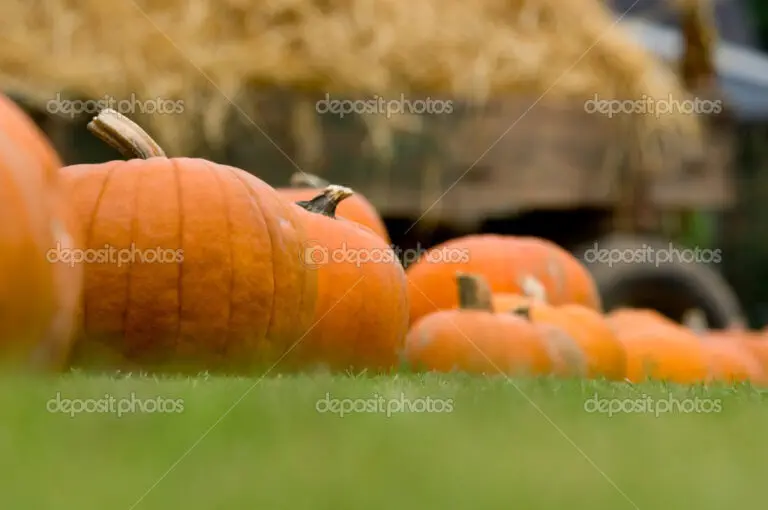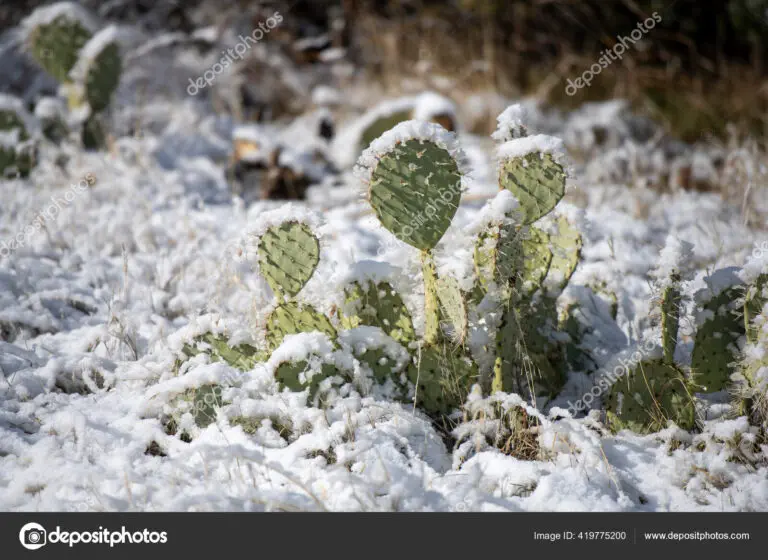Golfers of all skill levels can benefit from having their own backyard putting green. Not only does it provide an opportunity to practice your short game, but it also allows you to do so in the comfort and convenience of your own home. In this article, we’ll explore why investing in artificial grass for your putting green could be one of the best decisions you make as a golfer.
Introduction to Backyard Putting Greens
A backyard putting green is exactly what it sounds like – a small patch of land in your yard that has been designed specifically for practicing your putting skills. Unlike traditional golf greens, which are typically much larger and more complex, a backyard putting green is usually no bigger than 20 feet by 20 feet. This makes it easy to install and maintain, even if you don’t have a lot of space or experience with gardening.

The Benefits of Having a Backyard Putting Green
There are many benefits to having a backyard putting green, including:
Improved accuracy: By practicing on a regular basis, you can improve your aim and accuracy when hitting putts.
Reduced stress: Golf can be a stressful sport, especially if you’re trying to perfect your swing or hit long drives. With a backyard putting green, you can relax and focus solely on your short game without worrying about other aspects of the game.
Convenience: Instead of driving to the course every time you want to practice, you can simply step outside and start putting. This saves both time and money in the long run.
Designing the Perfect Backyard Putting Green
When designing your backyard putting green, there are several factors to consider. These include:
Size: As mentioned earlier, a smaller size is ideal for most beginners. However, if you have more space available, you may want to create a slightly larger area for added challenge.
Shape: The shape of your putting green should reflect the types of shots you plan to practice. For example, a circular shape might work well for practicing curving putts, while a rectangular shape would be better suited for straight putts.
Slope: The slope of your putting green will affect how difficult it is to sink putts. A gentle slope is generally easier, while a steep slope requires more precision and skill.
Installing Artificial Grass for Your Putting Green
Artificial grass is becoming increasingly popular among golfers who want a low-maintenance option for their backyard putting green. Here are some tips for installing artificial grass:
Measure the area where you plan to install the turf and order enough material to cover it completely.
Remove any existing vegetation or debris from the area before laying down the turf.
Use a roller or lawn mower to flatten out the turf and ensure that it lies flat against the ground.
Maintenance Tips for Your Backyard Putting Green
Once you’ve installed your artificial grass putting green, there are a few maintenance tasks you’ll need to perform to keep it looking its best. These include:
Brushing off leaves and other debris regularly to prevent them from getting stuck in the turf fibers.
Using a leaf blower to remove any loose dirt or sand from the surface.
Applying a layer of infill (such as silica sand) periodically to help maintain the turf’s stability and cushioning.
Conclusion
Investing in a backyard putting green can be a great way to improve your golf game and save time and money in the process. Whether you choose to install artificial grass or go with another type of surface, taking the time to design and maintain your putting green properly will pay off in the end. So grab your clubs and get started today!






